In fast moving markets, your target is shifting and your "tangle" is growing
Moving Targets
Ask yourself a question - how often is your strategy changing and how much does that grow your "tangle"?
In the last blog, we introduced the idea of a gap between the perception of success and life’s reality. We also agreed that unfortunately operating a company efficiently is the second priority after growth and profitability. Today we will show what happens when a target starts moving fast. The move is usually influenced by many factors – the market shifts, competition appears, technology evolves – you name it. So what is the usual reaction? We adjust! We change direction (strategy), or we start seeking a new, more relevant target. Many executives believe that things can be “turned on a dime”, but reality shows otherwise. Turning things on a dime is notoriously difficult. In this process your “tangle” grows and sometimes even turns into a knot that brings you to a halt .
What’s causing it?
The root cause for creating a ‘knot” is surprisingly simple: in today’s markets a change is more frequent than the length of time we need to absorb it, understand it, and react to it. We can express it in a simple formula:
Frequency of Change > Time We Need to React to It
Adjusting an operating model with its work structures, organizations and systems at this frequency is close to impossible. In fact the environment is getting so fast and complicated that barely anyone can keep up with monitoring, connecting and organizing things in a meaningful way. In the absence of clarity, some organizations simply continue doing what they were doing, bouncing into the groups that are addressing the new reality.
So when does this become dangerous and bring you to a halt? In our experience your "tangle" turns into a "knot" when individuals start to deal in their daily life with more than 200 other individuals (colleagues, customers, partners, suppliers). This is exactly the number that corresponds to the Dunbar Principle – a number of relationships in which an individual looses track who each person is and how each person relates to every other person. Again we can summarize it in a simple formula:
Individual x 200 relationships = Knot
The process of translating changes into relations between teams and individuals is one of the most difficult to master. It is absent in many companies, and that gets expensive over time. Many experts argue that:
It can cost you up to 40% of your bottom line!
We figured out a better process of translating changes through organizations. You should start by asking yourself - Who is responsible for translating changes in your organization and how well is it done? We are sure you'll find opportunities that save you money.
Next time, we will look closer at the tangle and see what we have found…

